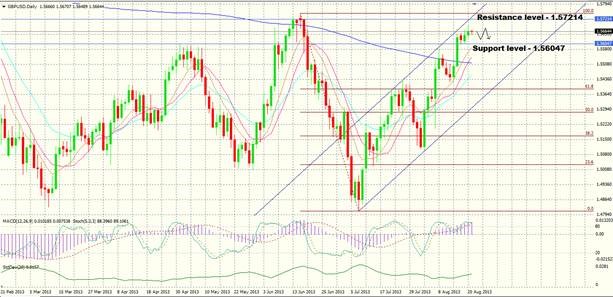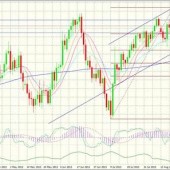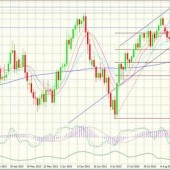The index of U.S. leading indicators climbed in July by the most in three months, signaling improvements in housing and labor markets will help foster faster economic growth through year-end. The Conference Board’s gauge of the outlook for the next three to six months increased 0.6 percent after no change in June, the New York-based group said yesterday. Another report showed the fewest Americans since November 2007 filed applications for unemployment benefits in the past month.
U.S. central bankers have $3 trillion of losses reminding them they had better get their communications right should they decide to taper their bond purchases. That’s how much global equity markets declined in the five days after Federal Reserve Chairman Ben S. Bernanke’s June 19 remarks that he may reduce his $85 billion in monthly securities buying this year and halt it altogether by mid-2014. His comments pushed the yield on the benchmark 10-year Treasury to a 22-month high.
Eurozone’s private sector business activity expanded at the sharpest pace in more than two years in August, driven by the robust performance in Germany, preliminary results of the purchasing managers’ survey by Markit Economics revealed Thursday. Although the survey suggests that the region will gain momentum going forward, the ongoing contraction in France is likely to weigh on the pace of recovery. The headline Eurozone composite output index, a gauge of business activity in manufacturing and services, rose more-than-expected to 51.7 in August from 50.5 in July. The improvement for the fifth successive month took the reading to a 26-month high.
Spain’s merchandise trade shortfall decreased sharply in June from last year, owing to a marked improvement in shipments and a decrease in imports, data released by the Commerce Ministry showed Thursday. The trade shortfall dipped to just EUR106.7 million in June from EUR2.7 billion in the same month of last year. In May 2013, the balance was a deficit of EUR27.5 million.
EUR/USD: The EUR/USD was trading lower at 1.33369 at the time of writing after initial jobless claims over the past month in the U.S. fell to a five-year low, boosting the case for the Federal Reserve to reduce stimulus. Moreover, housing prices and a gauge of leading indicators climbed a day after minutes of the Federal Open Market Committee’s last meeting showed most members were “broadly comfortable” with the plan to trim stimulus this year. Sentiments seem to be bullish on the USD on the Asian trading session but prudence is recommended as today, Germany will release its GDP (YoY) data early on the European session. The GDP (YoY) is expected to come flat at 0.9%. If a higher than expected reading is released, it may bring market corrections and send the EUR gaining intra trade. Later in the day, the U.S will release the key risk event; the New Home Sales (Forecast: 490K – Previous: 497K). A higher than expected reading should be taken as bullish for the USD, while a lower than expected reading should be taken as bearish for the USD. Investors should closely watch the data before taking position on the pair. The resistance level is at 1.33721 and the support level is at 1.32940.











